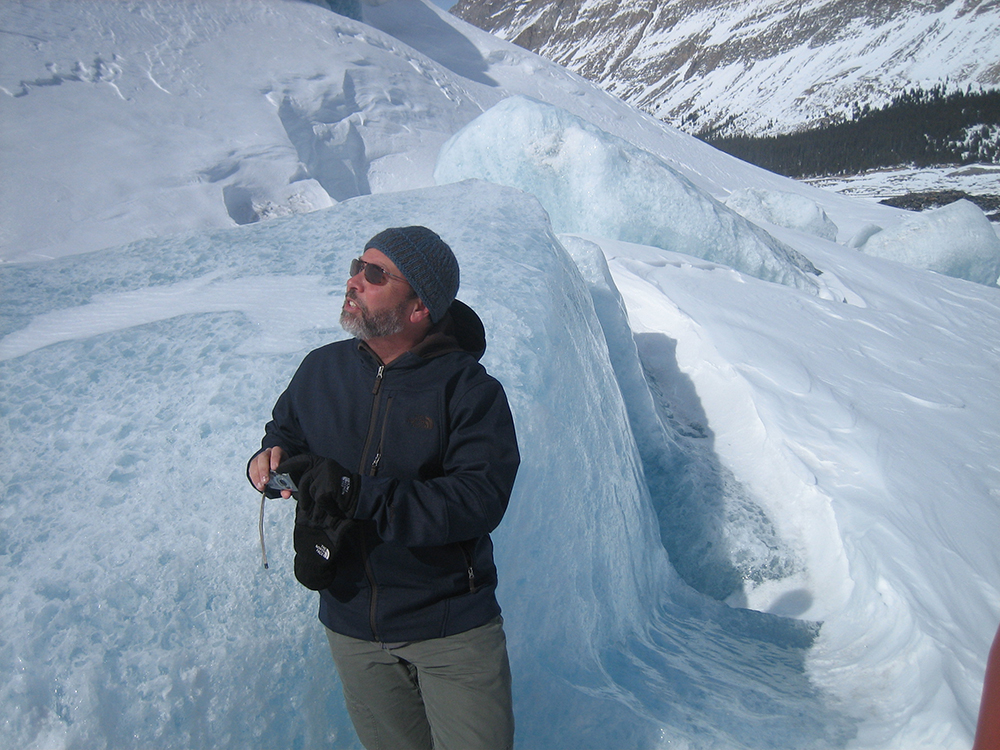
Predicting wildfires through water research
Western Canada could see a year of both fires and flooding, according to GIWS water researcher
By HenryTye GlazebrookSpeaking to media earlier in the year, John Pomeroy put forward that Western Canada was primed for extreme wildfire conditions. When flames raged across Fort McMurray, AB, throughout the month of May, razing homes to the ground and forcing evacuations, he was dismayed to see that his predictions had come true.
And he doesn’t think we’re through the worst of it.
“It’s very disturbing that it turned out to be the case. We couldn’t predict Fort McMurray would be the place, but we could say with a fair bit of confidence that they would be remarkably large fires — and we’re not done yet,” he said.
As director of the Centre for Hydrology at the University of Saskatchewan and a member of the Global institute for Water Security, Pomeroy’s expertise lies not in wildfire prediction or management, but rather water and climate research. The scope of his work is significant, pulling in everything from Prairie wetland drainage to the impact changes in farming and cultivation can have on hydrology and even the measurement of meltwater movement through snow packs in the Canadian Rockies.
It’s that last example that lead Pomeroy to believe wildfires would be a major concern moving into the summer, as water stored in the mountain and prairie snowpacks plays a major role in hydrating the Prairies.
“This mountain water’s important,” Pomeroy said. “It feeds the irrigation in Alberta and Saskatchewan, and then also supports the rivers that are used for water supply for Calgary, Edmonton, Saskatoon and through pipelines to Regina.”
According to his work, the mountain snowpacks melted about six weeks early and prairie snowpacks did not form at all in parts of Alberta. Since these stores are a major water resource, feeding into rivers, streams and other channels as they thaw, an early melt can mean a long, dry summer.
“How late lying that snow pack is has a strong correlation to forest fires. If you have an extra month or month and a half of summer without the extra rainfall to keep things wet, you can develop very dry conditions where fires can develop. Even with normal rainfall patterns and a longer summer because it’s warmer, we get into trouble with drought and with fires,” Pomeroy said.
“It’s a pretty uncertain business, but we were able to say even by February that we were heading into trouble due to a warmer than normal winter with lower than normal snowpacks.”
Worse yet, Pomeroy now thinks that 2016 is in a unique position to possibly be a year of both fires and flooding.
“We’re not out of the woods yet. When you have a longer snow-free season, you have a longer potential flooding season. The situation of intense rains that can create flooding like we had in 2013 in the mountains, and 2014 in the prairies can’t really develop until the snowpack is largely gone. So in a low snowpack year there’s simply greater opportunity for that to occur. .
“2013 in the mountains would have been a drought year if not for the three days of flooding in late June — the rest of the year was really very dry. You can have both at the same time.”
